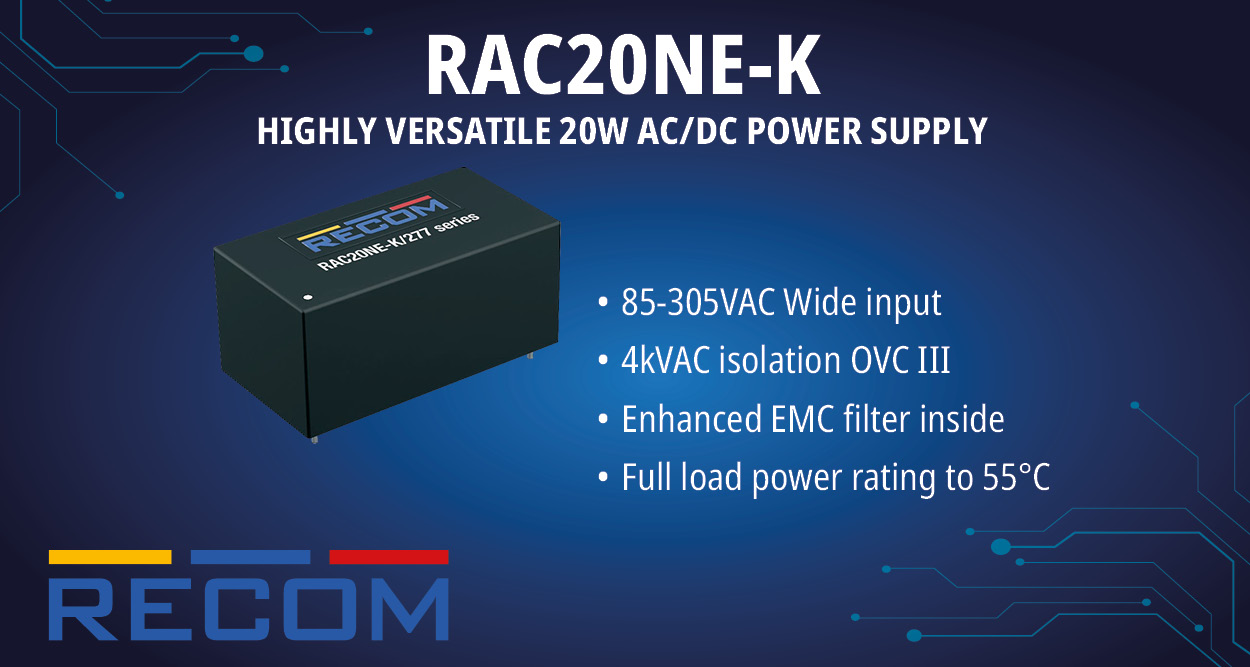The global autonomous forklift market size surpassed USD 5.05 billion in 2024 and is predicted to attain around USD 15.57 billion by 2034 with a CAGR of 11.9%.
Autonomous Forklift Market Key Insights
- Asia Pacific holds the largest share of the autonomous forklift market at 41%.
- North America is projected to witness significant growth in the market over the forecast period.
- By tonnage, the above 10 tonnes segment leads the market.
- The 5–10 tonnes segment is expected to grow at the fastest rate by tonnage.
- By navigation technology, the laser segment dominates the market.
- The vision-based navigation segment is anticipated to grow at a notable rate.
- By end use, the retail and wholesale sectors lead the market.
- The logistics sector is expected to experience rapid growth by end use.
- By application, the indoor segment holds the dominant market position.
How AI is Powering the Future of Autonomous Forklifts
Artificial Intelligence (AI) plays a pivotal role in enhancing the intelligence, efficiency, and safety of autonomous forklifts. AI enables advanced navigation and obstacle avoidance through real-time data processing from sensors, cameras, and LiDAR systems. This allows forklifts to operate seamlessly in dynamic environments, such as warehouses or manufacturing facilities, without the need for human intervention or fixed infrastructure like tracks or wires.
Additionally, AI enhances object detection, load recognition, and precision handling, ensuring safe and accurate operations. Machine learning algorithms also support predictive maintenance, allowing the system to anticipate faults and reduce downtime. Furthermore, AI contributes to fleet optimization, coordinating multiple forklifts for efficient task distribution and workflow management. Overall, AI transforms autonomous forklifts into smart, adaptable systems that improve productivity, reduce labour costs, and support next-generation logistics and industrial automation.
Autonomous Forklifts: A Detailed Overview
Autonomous forklifts are advanced material-handling machines designed to perform traditional forklift tasks—such as lifting, moving, stacking, and transporting goods—without the need for a human operator. Powered by technologies such as Artificial Intelligence (AI), machine learning, LiDAR, vision systems, and real-time data processing, these forklifts offer a smarter and more efficient alternative to manually operated equipment.
Key Technologies Behind Autonomous Forklifts
- Artificial Intelligence (AI): Enables real-time decision-making, route optimization, and task automation. AI also supports predictive maintenance and learning-based improvements over time.
- Sensors & LiDAR: Used for environmental awareness, obstacle detection, and 3D mapping of the workspace.
- Cameras & Computer Vision: Help with object recognition, pallet detection, load alignment, and safe navigation in complex environments.
- Simultaneous Localization and Mapping (SLAM): Allows forklifts to build and update maps of their surroundings while tracking their own location, enabling operation without fixed infrastructure like tracks or beacons.
- Telematics & Connectivity: Provide real-time monitoring, remote diagnostics, and fleet management capabilities.
Advantages of Autonomous Forklifts
- Increased Efficiency: Operate 24/7 without breaks, boosting productivity and reducing operational downtime.
- Cost Savings: Reduce reliance on manual labour, lowering long-term labour costs and minimizing errors.
- Enhanced Safety: Eliminate human error-related accidents through accurate obstacle detection and environment-aware movement.
- Scalability: Easily integrated into existing warehouse management systems and scalable to handle increased workload or seasonal spikes.
- Precision Handling: Capable of performing delicate or high-stakes operations with consistent accuracy, improving load safety.
Applications Across Industries
- Warehousing & Distribution: Autonomous forklifts handle inventory movement, shelf stocking, and goods transport.
- Manufacturing: Transport raw materials or finished goods across production lines and storage areas.
- Retail & Wholesale: Improve fulfilment speed and accuracy in large-scale distribution centers.
- Logistics & E-commerce: Optimize last-mile operations and warehouse throughput with fast, reliable material handling.
Market Drivers
The autonomous forklift market is primarily driven by the rising demand for automation in warehousing and logistics, fuelled by labour shortages and the need for improved efficiency. The growing adoption of Industry 4.0 and smart factory concepts, along with advancements in AI, sensors, and robotics, is accelerating deployment.
Additionally, the push for workplace safety and operational accuracy is encouraging companies to replace manual forklifts with autonomous alternatives.
Market Opportunities
Significant opportunities lie in the integration of autonomous forklifts with advanced warehouse management systems (WMS) and IoT platforms for end-to-end automation. Rapid e-commerce growth and increased demand for last-mile delivery solutions further create opportunities for deployment in retail and logistics sectors.
Emerging markets, especially in Asia and Latin America, present untapped potential as industries modernize and seek cost-effective automation.
Market Challenges
Despite strong growth prospects, high initial investment costs and the complexity of integrating autonomous forklifts into existing infrastructure remain major challenges. Limited awareness in small and mid-sized enterprises, along with concerns over data security and system reliability, can also hinder adoption.
Additionally, navigating highly dynamic and unpredictable environments without human intervention still poses technical hurdles.
Regional Outlook
Asia Pacific holds the largest market share, driven by rapid industrialization, a strong manufacturing base, and growing investments in warehouse automation—particularly in countries like China, Japan, and South Korea. North America is expected to witness significant growth due to the early adoption of advanced technologies and a strong focus on operational efficiency.
Europe remains a key player, supported by stringent safety regulations and increasing focus on sustainable logistics solutions
Segments Covered in the Report
By Tonnes
- Below 5 Tons
- 5 to 10 Tons
- Above 10 Tons
By Navigation Technology
- Laser
- Vision
- Optical Tape
- Magnetic
- Inductive Guidance
By End-use
- Retail and Wholesale
- Logistics
- Automotive
- Food Industry
- Others
By Application
- Indoor
- Outdoor
Source: https://www.precedenceresearch.com/autonomous-forklift-market
















